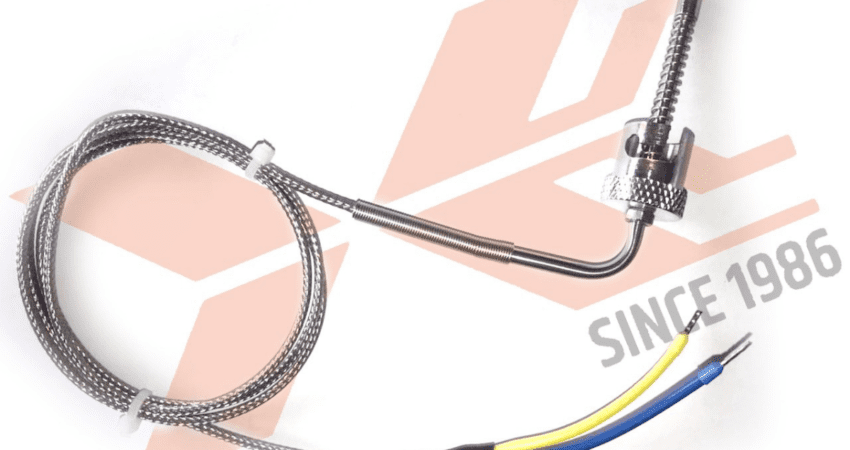Thermocouples are widely used in many industries to measure temperature. They consist of two wires made from different materials that generate a voltage when they are exposed to heat. Type J thermocouples are one of the most commonly used thermocouples, particularly in the industrial sector. In this blog post, we will discuss the key features of type J thermocouples, how they work, and their applications.
Features:
Type J thermocouples are made from iron and constantan. Iron has a positive temperature coefficient, which means that its resistance increases with temperature. Constantan, on the other hand, has a negative temperature coefficient, which means that its resistance decreases with temperature. The junction of these two wires creates a voltage that is proportional to the difference in temperature between the two junctions.
Type J thermocouples have a temperature range of -210°C to 1200°C. They have a sensitivity of approximately 50 µV/°C, which is higher than other thermocouples such as type K and type T. Type J thermocouples are also relatively inexpensive compared to other thermocouples.
Working Principle:
When the two junctions of a type J thermocouple are exposed to different temperatures, a voltage is generated. This voltage is proportional to the difference in temperature between the two junctions. This voltage can be measured and converted into a temperature reading using a thermocouple thermometer.
Applications:
Type J thermocouples are widely used in many industries, including manufacturing, automotive, and aerospace. They are particularly useful in applications that require high temperatures, such as furnaces and kilns. Type J thermocouples are also commonly used in food processing and packaging, as they are resistant to corrosion and can be easily sanitized.
Type J thermocouples are also used in medical applications, such as monitoring body temperature during surgery. They are also used in laboratory settings, particularly in experiments that involve high temperatures.
Conclusion:
Type J thermocouples are a reliable and cost-effective way to measure temperature in a variety of applications. They are particularly useful in high-temperature environments and are widely used in many industries. Their simplicity and reliability make them a popular choice for temperature measurement, and they are likely to remain so for many years to come.
